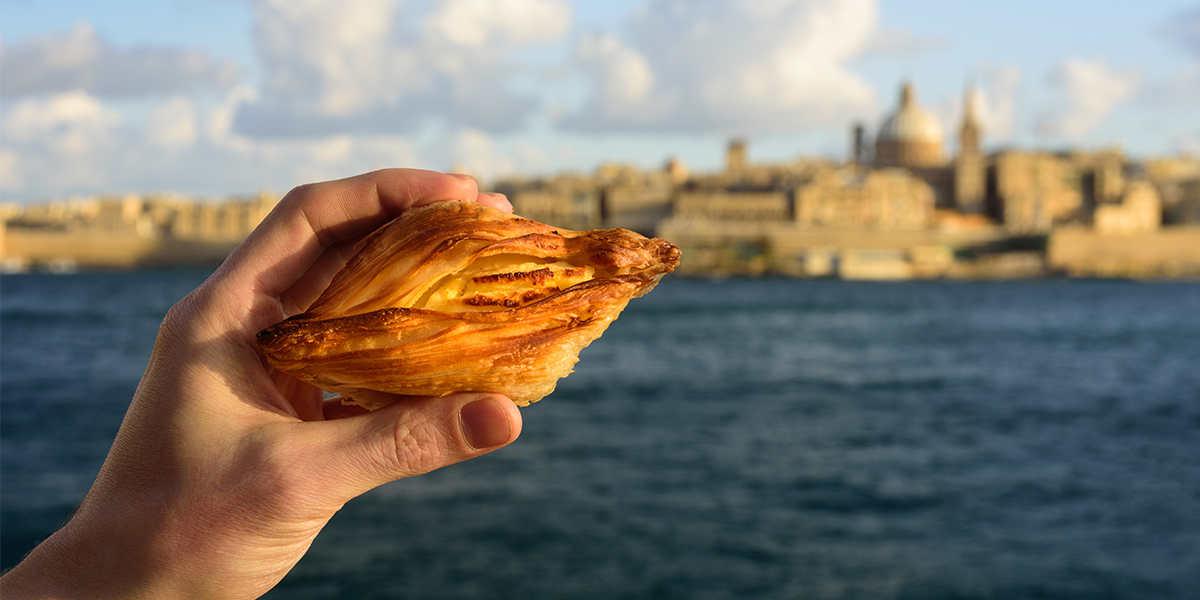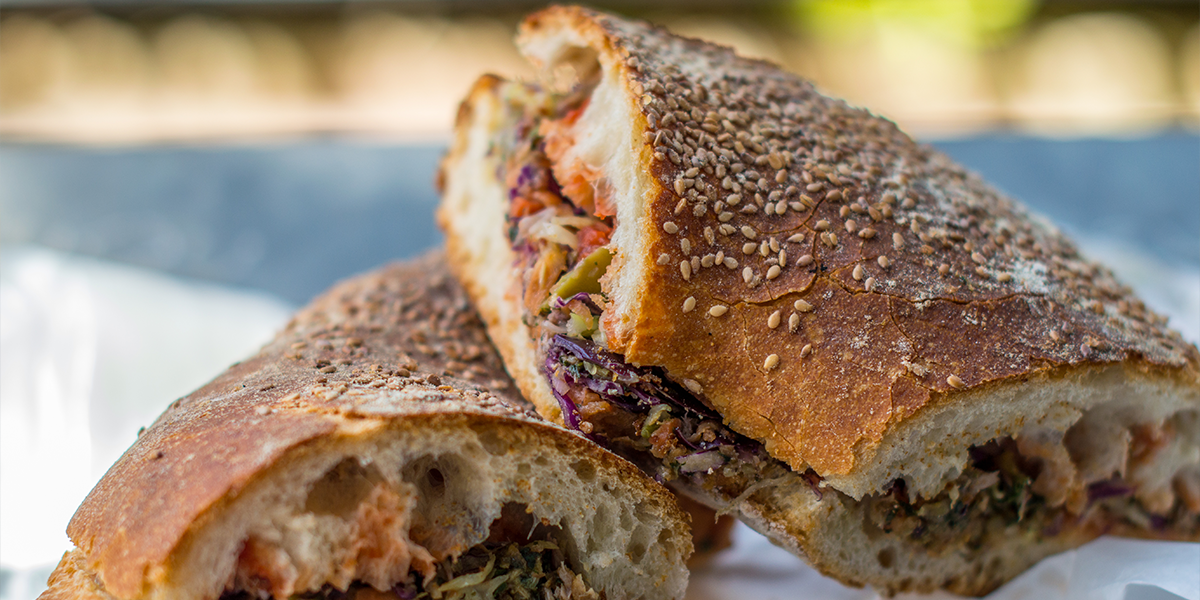Your Career at the MFSA
Here at the MFSA we believe in nurturing the relationship with our staff so that they can reach their full potential and grow further with us.
We go a long way in making sure that you, as a member of our team, become the best version of yourself. We help with this by providing frequent in-house and external training and by supporting your self-development and academic studies. We are constantly encouraging our team to take the plunge and obtain new qualifications, and, if you join us, we will do as much as we can to help you with this too, by covering course expenses and offering study leave, according to the terms in our self-development programme.
When it comes to internal job moves, we also motivate our people to apply for positions they are interested in. During the application and interviewing process we make sure to supply as much constructive feedback as possible.
We believe in work-life balance, providing family-friendly measures such as reduced working hours, and flexible working hours depending on the needs of the individuals and the demands of the Authority.
Does this sound like the kind of career and workplace you’re looking for? Click here to submit your application now: https://www.mfsa.mt/careers/.
Getting Settled in Malta
The MFSA is located on the border between Attard and Mrieħel and is located right in the middle of the island. This means that you can choose to live anywhere, really. That said, often there are very big differences between one village and another, so you need to find the place where you feel that you fit in best. We can recommend a few locations that are within walking distance or a short bus ride away from our offices:
Walking Distance
Birkirkara, Balzan, Mrieħel, Attard (only the areas towards Mrieħel), Fleur de Lys & Santa Venera (only the areas towards Mrieħel)
Short bus ride
Attard, Rabat, Hamrun, Msida, Mosta, Naxxar, Lija & Iklin
There are, of course, many other locations that you can consider – but the above are the most convenient in terms of getting to work and back home in rush hour traffic.
When moving here, we recommend meeting your landlord/lady before renting. It’s important to note that the landlord will generally ask for a deposit, which is usually the equivalent of one or two months’ rent; this will be returned when leaving the property, granted that the place has been well looked after. One other thing to keep in mind is that when renting through an agency, there will be a one-off fee that you would need to pay.
Transport
Transport is something that can be very confusing when moving to a new country, so we’re here to give you some tips and tricks. Malta Public Transport is the only public transport company on the island.
If you intend to get around by bus, it is very important to get yourself a Tal-Linja bus card, which will drastically cut down on your travelling costs. Another thing you’ll need to get is the Tal-Linja app.
Click here to register for your Tal-Linja card.
If you’re thinking of getting your own car, then you must know that we drive on the left side of the road, which is one of the things we inherited from the British.
Residence Card
As soon as you have your new job in Malta and a roof over your head, with a permanent address, next thing to work on obtaining is your residence card.
This is a process that will need to be done in person at Identity Malta. This link gives you all the information you need.
Not an EU national? Not a problem!
This is something that we help out with as much as we possibly can. If you are not an EU National and have been offered a job with the MFSA, then we will forward relevant documentation from our end to a third party who will be in contact with you to process this documentation and obtain your work permit.
Taxes
This is the number one question that we get from people looking to move to Malta. The best way to answer it?
This: https://cfr.gov.mt/en/individuals/Pages/Taxation-for-Individuals.aspx
Social Security
Social security deductions are made every month from your salary. All the information you need about this, as well as the form you will need to fill, can be found on this link.
Life in Malta

Malta at a glance
Read More

Mediterranean Lifestyle
Read More

Food
Read More

Things to do in Malta
Read More
Malta at a glance
- An area of 316km2
- Population of just under 500,000.
- 5 little islands, only 3 of which are inhabited: Malta – the largest island, Gozo – the less busy sister island, and Comino with a population of 3; Filfla and Cominotto are the other two islets.
- Joined the European Union in 2004
- Currency is the Euro.
- English and Maltese are both official languages
Mediterranean Lifestyle
Malta is blessed with 300 days of sunshine a year, with the warm weather allowing for a colourful lifestyle for us Maltese. You will also notice that we are social creatures and that we all seem to know one another. As with most Mediterranean cultures, we tend to be very family-oriented, LOVE our food, and know how to have a good time, so we’re sure you won’t be disappointed.
Food
Food is absolutely sacrosanct in Malta! As with all other Mediterranean countries, we are very creative with finding new ways to tickle the taste buds! Maltese food in general tends to be rather simple and wholesome; this doesn’t mean that our food lacks flavour – quite the opposite. We are especially known for our rabbit dishes, horse stew, beef olives (braġoli) and octopus stew.
Some other Maltese foods we suggest you try out:
- Timpana (baked macaroni)
- Ross il-Forn (baked rice),
- Ħobż biż-Żejt (Maltese bread with tomatoes, olive oil and tuna)
What we are most known for, however, are pastizzi. These glorious, savoury palm-sized pockets of phyllo pastry, which are traditionally filled with either ricotta or a mushy curried pea mixture, can be found in pastizzerias all over the island.



Things to do in Malta
Nightlife is pretty good here, especially in Paceville, St.Julians, Sliema, Gżira & Valletta – the central harbour area.
Day out with the kids? No problem! There’s lots to do that will keep them entertained. Some options you might want to consider include beaches, aquariums, water parks and other fun parks suitable for children.


Something else to mention here is the Maltese Festa. Every year, most of our parishes celebrate their patron saint – this is what we call a Festa. Between the months of May and September you will find at least one Festa happening every week in a different village. There are many customs associated with the Festa, but what you will always find are fireworks, religious processions, band parades, and, of course festa food, most famously the qubbajt (nougat). Interested in learning more about the Maltese Festa? We recommend you read more about it here.
If you are a history buff, then you have come to the right place! From pre-historic times right up until this day and age, Malta has a lot to offer in terms of museums and historical architecture.
Is music your thing? Then we’ve got you covered! You’ll find everything from classical music and opera to pop music, from techno to heavy metal. For a list of music events organised on the island throughout the year, visit www.visitmalta.com.
Other festivals whose main focus is not music include the Malta International Arts Festival, Notte Bianca, Carnival, the International Fireworks Festival, and many, many others.
Sun and sea are two main reasons why people choose to visit and move to Malta. The island now boasts twelve blue flag beaches, both sandy and rocky, which can be found all around the coast. This page is a lifesaver on hot summer days – with information on where the cleanest and calmest waters are.


